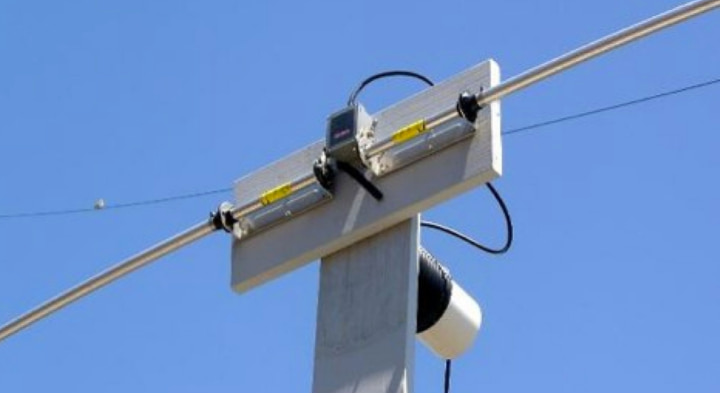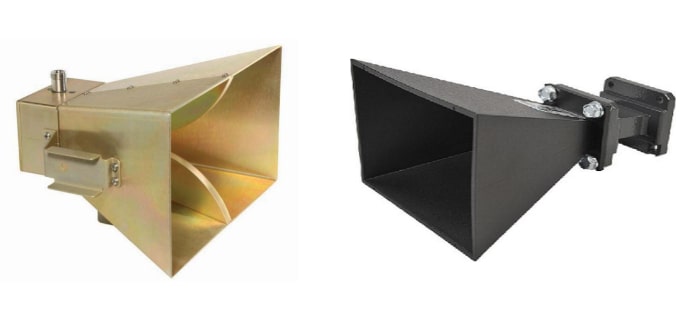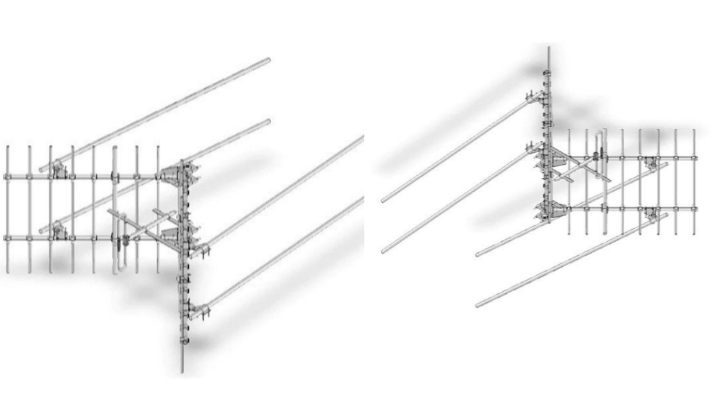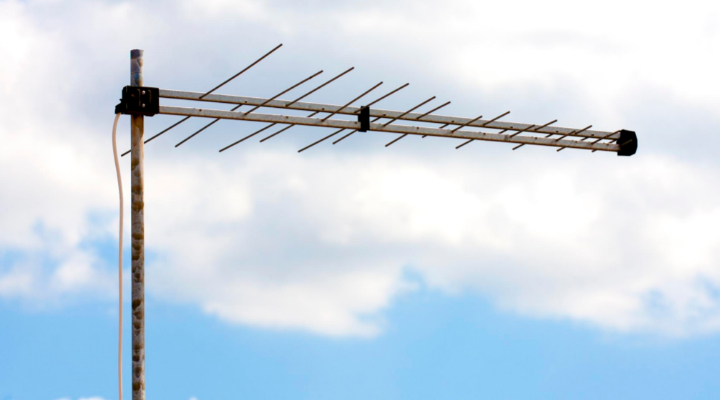Satellites in space receive solar energy from space which converts the energy to microwaves. This microwave energy (electromagnetic wave) is transmitted to the earth’s satellite antennas through the transmitters.
The transmitters in different types of satellite antennas convert microwave energy to electrical energy which is used for communication, radar system, or other signal transmission applications.
We’ll discuss five types of satellite antennas: wire antennas, horn antennas, reflector antennas, array antennas, and dipole antennas. The discussion will take place in terms of function, importance, frequency operating range, and applications.
Types Of Satellite Antennas
Though there’re many types of antennas to consider, satellite antennas mainly specialize in receiving signals. But, there’re a few that can also be used for transmitting signals as well. Here are the types of antennas that we’ll be discussing:
- Wire Antennas
- Horn Antennas
- Reflector Antennas
- Array Antennas
- Dipole Antennas
Wire Antennas

These types of antenna are termed the most common types of antenna. The construction of this antenna includes two pole-like structures connected internally wired that is suspended above the ground.
These poles are able to receive and transmit the signal simultaneously. Since random wire antennas are basically used in radio and TV communication, their frequency range is given by 3 kHz to 300 GHz.
There are different variations of wire antennas included in antenna engineering. They are as follows:
- Short Dipole Antenna
- Dipole Antenna
- Loop Antenna
- Half-Wave Dipole Antenna
- Folded Dipole Antenna
- Monopole Antenna
- Helical Antenna
- Broadband Dipoles Antenna
- Cloverleaf Antenna
The reasons for choosing wire antennas are that their construction is very simple and easy to implement. This additionally makes this antenna design less expensive. Furthermore, the antenna gain is quite satisfactory, which falls between 1.76 dBi to 2.15 dBi.
Horn Antennas

Horn antennas are also known as aperture antennas. They are specially designed for transmitting a microwave range of frequencies, which is given as 300 MHz to 30 GHz. Because of their horn shape, these antennas have a large directivity with a spherical wavefront radiation patterns.
Now, let’s look at the different types of horn antennas. They are as follows:
- Pyramidal Horn Antenna
- Sectoral Horn Antenna
- Conical Horn Antenna
- Exponential Horn Antenna
- Corrugated Horn Antenna
Apart from the simple design, these antennas have a high beamwidth ratio such as 20:1. Additionally, with high directivity and better standing wave formation (traveling-wave antenna), they are suitable for radio astronomy, satellite, and telecommunication systems.
Reflector Antennas

Another antenna to operate within the microwave frequency range is the reflector antenna, which is capable of transmitting and receiving signals as well. The operating frequency range is given by 2.5 to 2.7 GHz.
These antennas are composed of two basic structures- a feed element and a reflecting surface. The feed element needs excitation which is normally done by the active element. After the excitation, the energy that re-radiates to the reflecting surfaces is done by the passive element.
The types of reflector antennas are as follows:
- Rod Reflectors
- Plane Reflectors
- Corner Reflectors
- Cylindrical Reflectors
- Spherical Reflectors
- Parabolic Reflectors
A big part of reflector antennas are used in the part of naval radar communications, TV broadcasting (because of maximum gain microwave ranges), and radio waves astronomy also.
Array Antennas

The array antenna type is the single set of antennae that operates as an array, which can be cascaded along the path (both vertically and horizontally) to form sets of directional antennas as well. A common example of an array antenna is given by reflective array television antenna.
The frequency operating range is given in two categories which depend on the construction of the arrays. If the array is operated in Very High Frequency (VHF) mode, then the range is 174 to 216 MHz.
On the other hand, array antennas can also operate at higher bandwidths such as 470 to 700 MHz, which is the Ultra High Frequency (UHF) mode.
Dipole Antennas

When it comes to short-range communication with low operating frequency ranges, the dipole antenna always has the upper advantage. It is suitable for both transmitting and receiving signals from a greater distance.
The frequency range of dipole antennas is given from 20 MHz to 2.2 GHz, depending on the operating range, the range will vary. But the practical range according to the application is given 160 MHz to 500 MHz.
The types of dipole antennas are as follows:
- Half Wave Dipoles
- Multi-Half Wave Dipoles
- Folded Dipoles
- Short Dipoles
- Non-Resistant Dipoles
One advantage of dipole antennas is that they are so efficient when it comes to operating at resonant frequencies. Not to mention, the construction method is easy and simple.
The basic application of dipole high-gain antennas includes TV broadcasting, two-way communication, satellite wireless communication, and radio astronomy.
Conclusion
As you can see, there are different types of satellite antennas with somewhat similar applications. Therefore, one has to make decisions of choosing the best one by relying on the simplicity of the construction technique and the frequency ranges.
Furthermore, antennas that have the capability for both signal transmission and emission have the upper advantages. Additionally, the high gain will allow the user to transmit more power over the same range of frequencies.
Therefore, once you can set your bandwidth range for your application, you can choose a satellite antenna accordingly.
